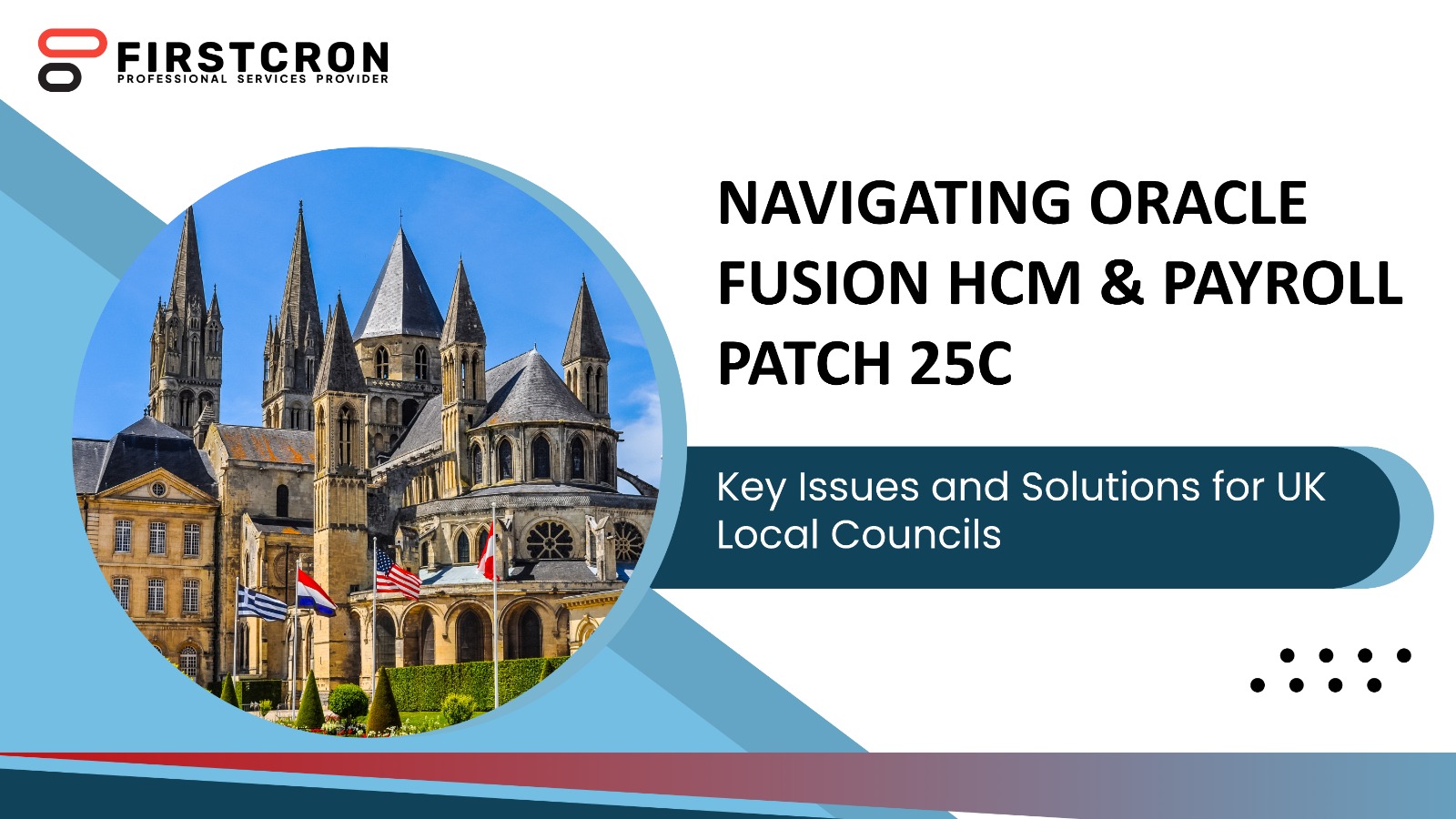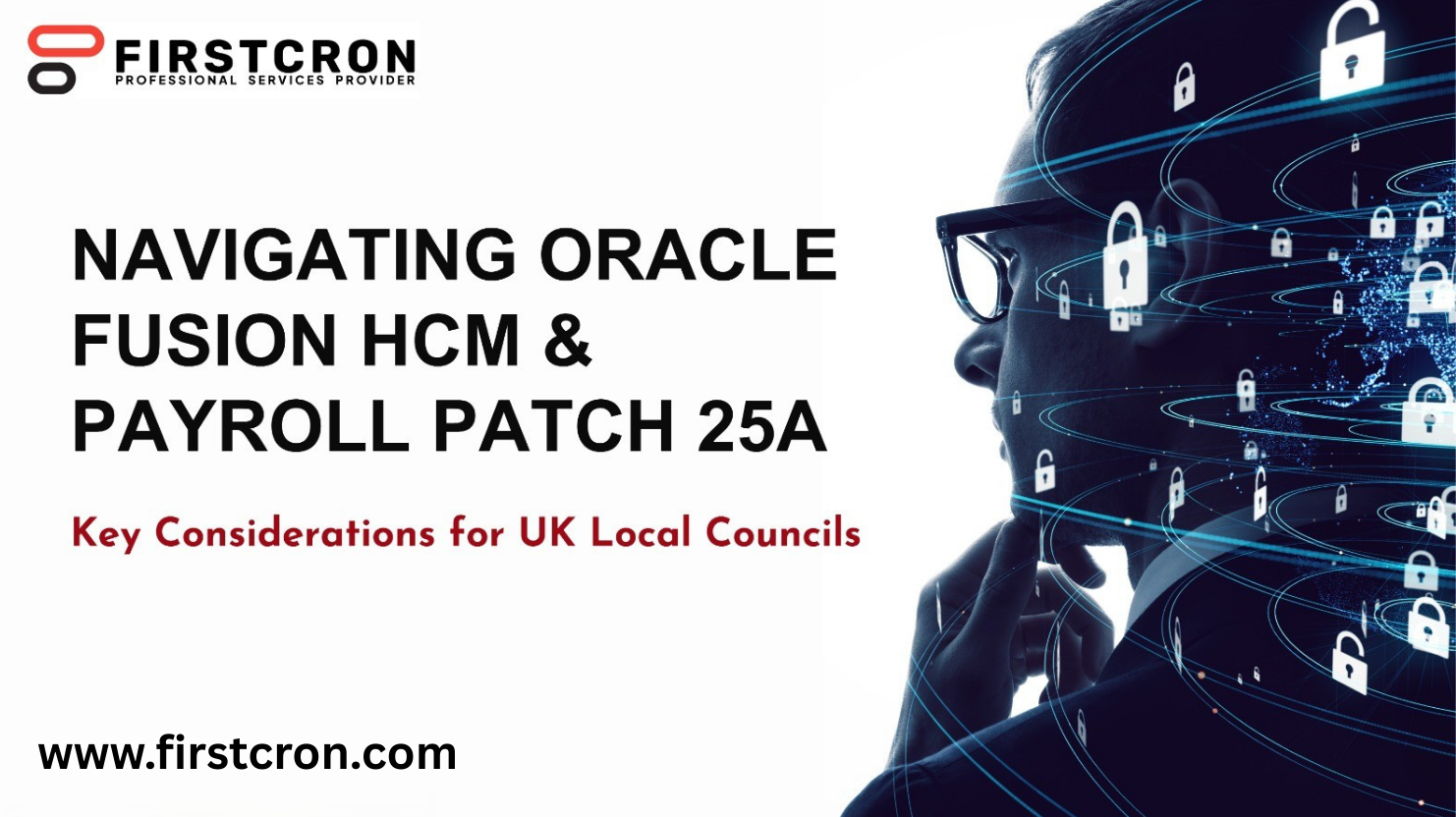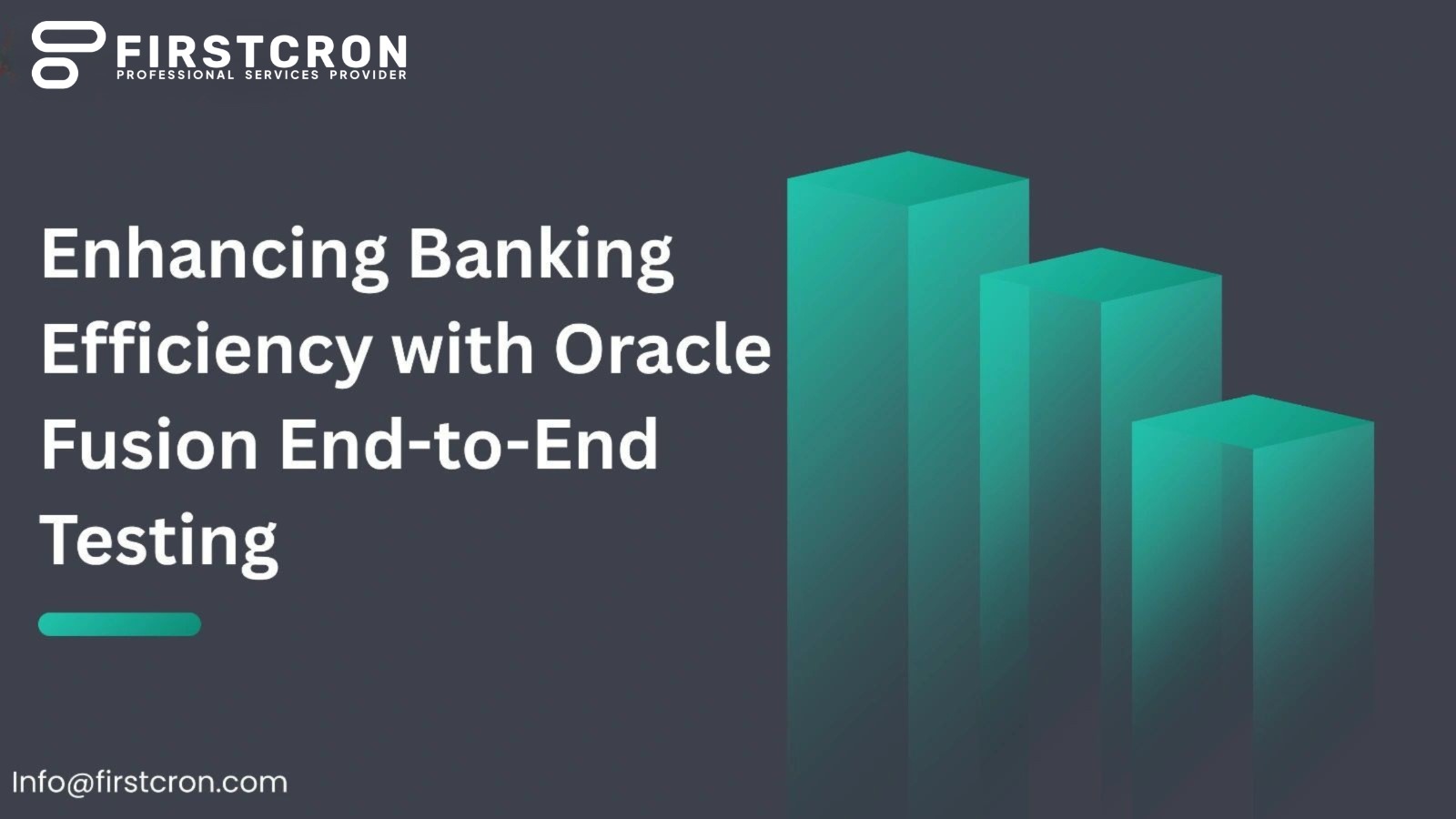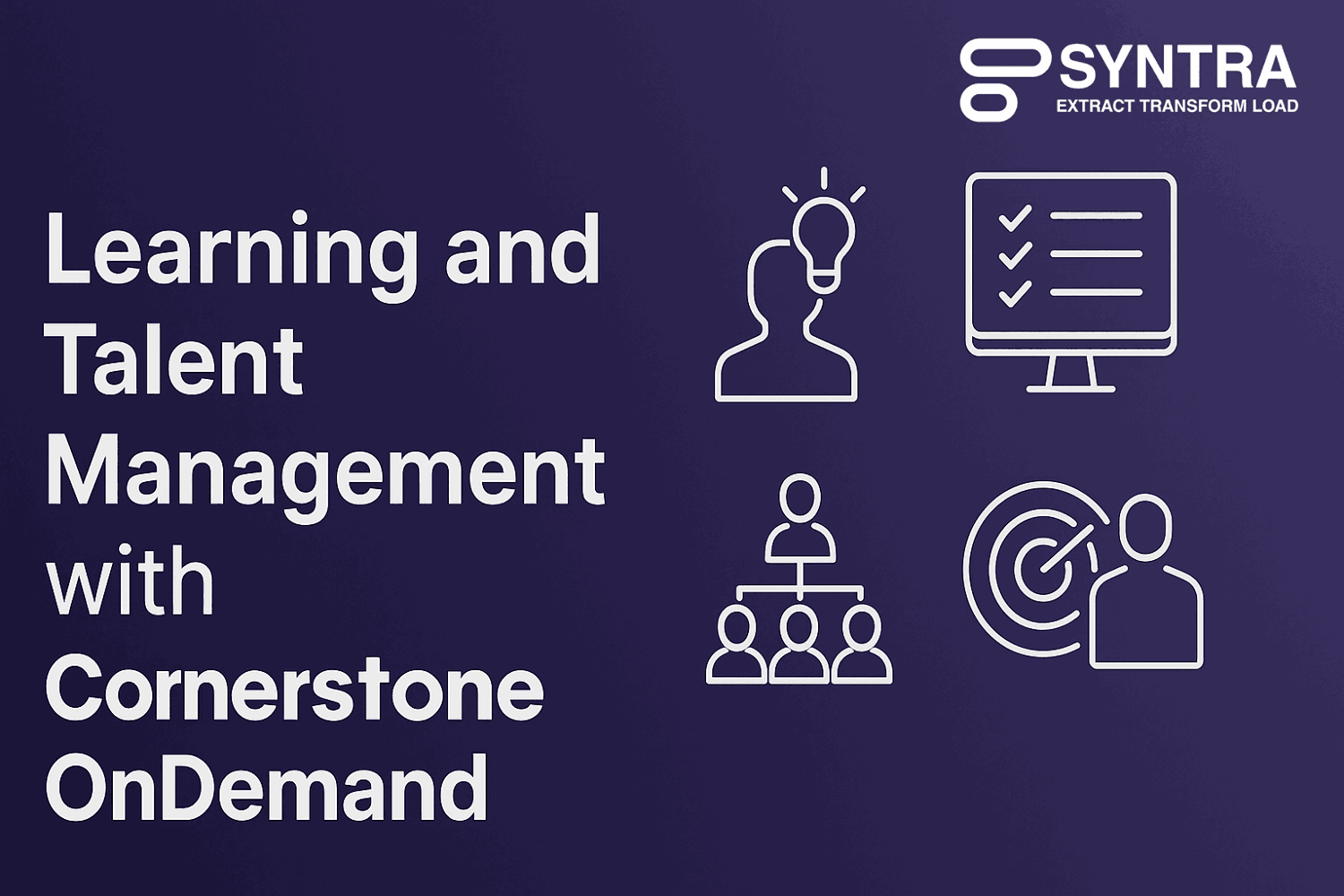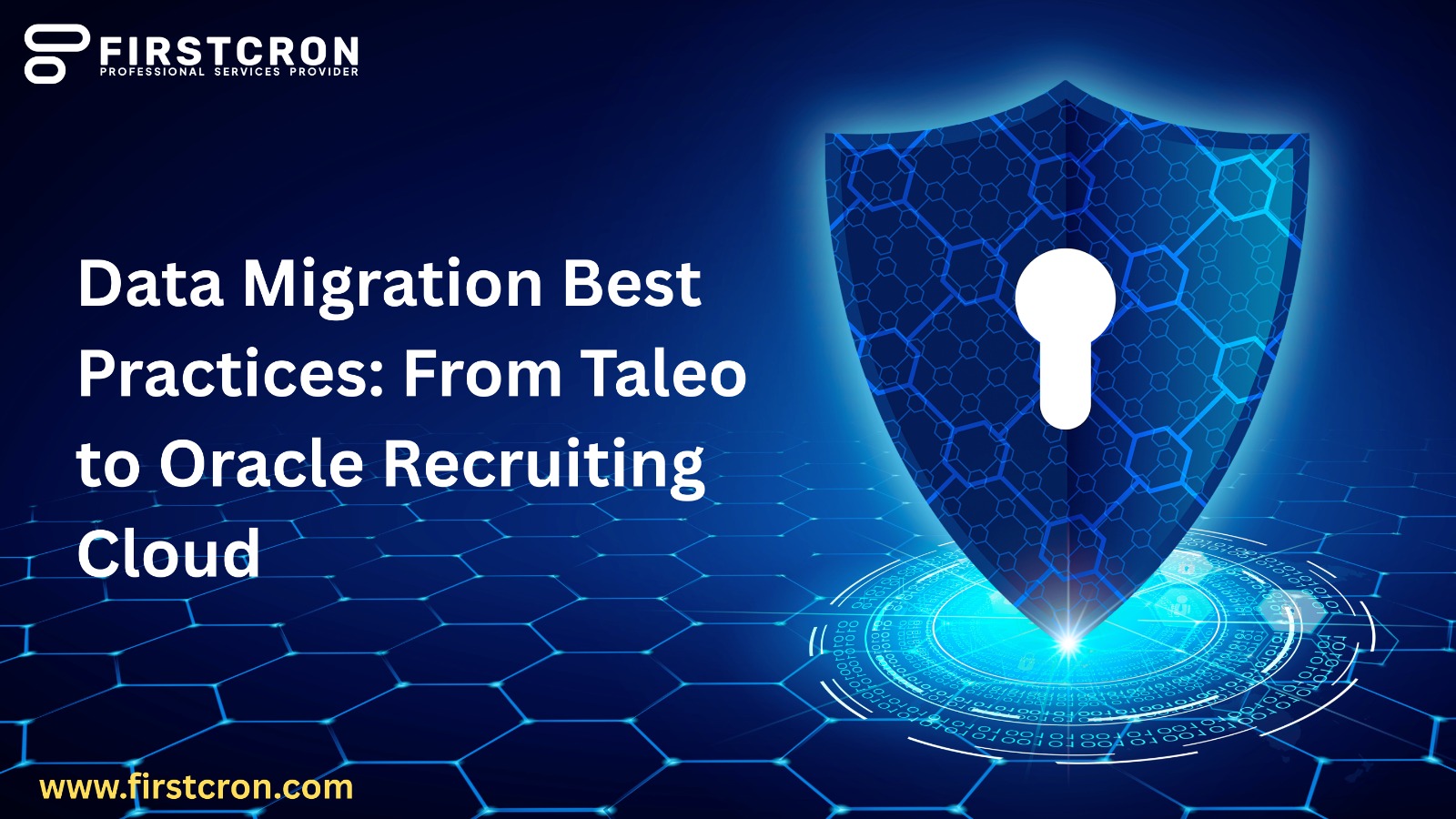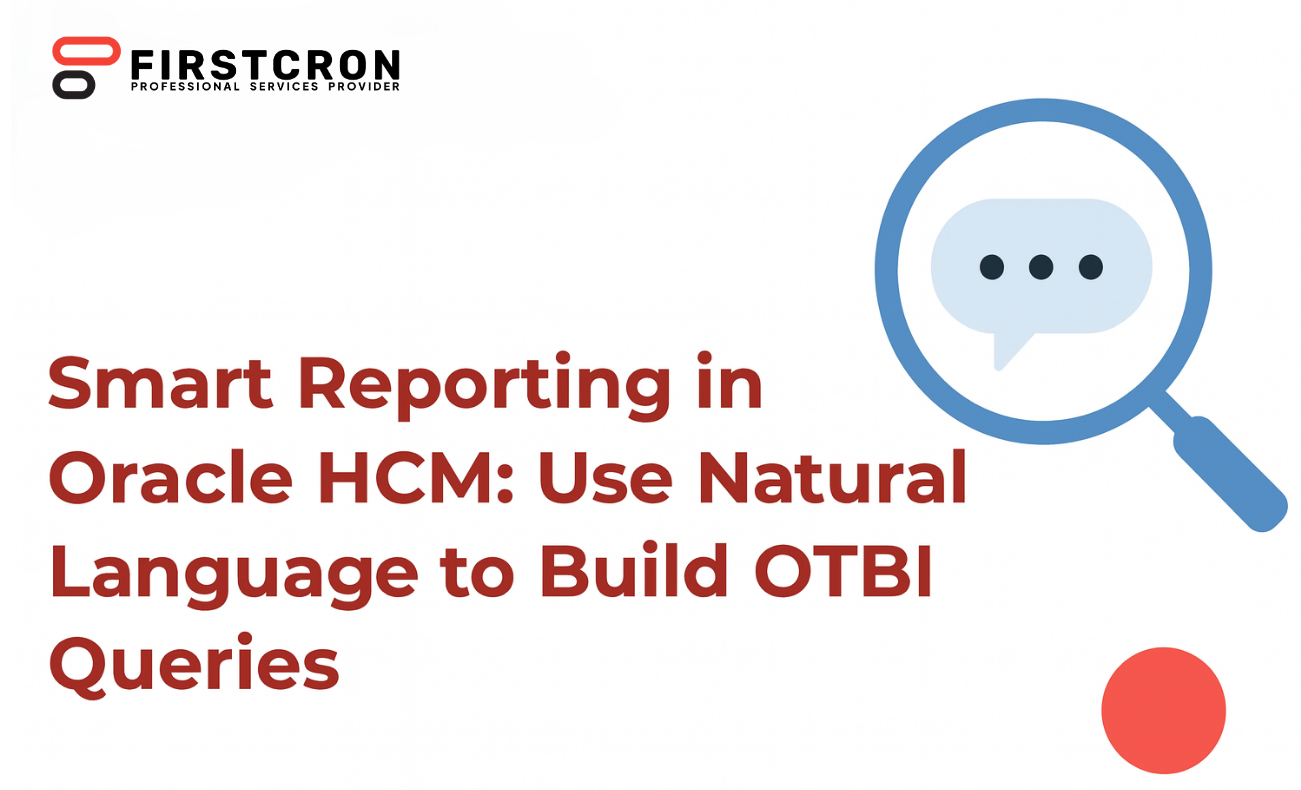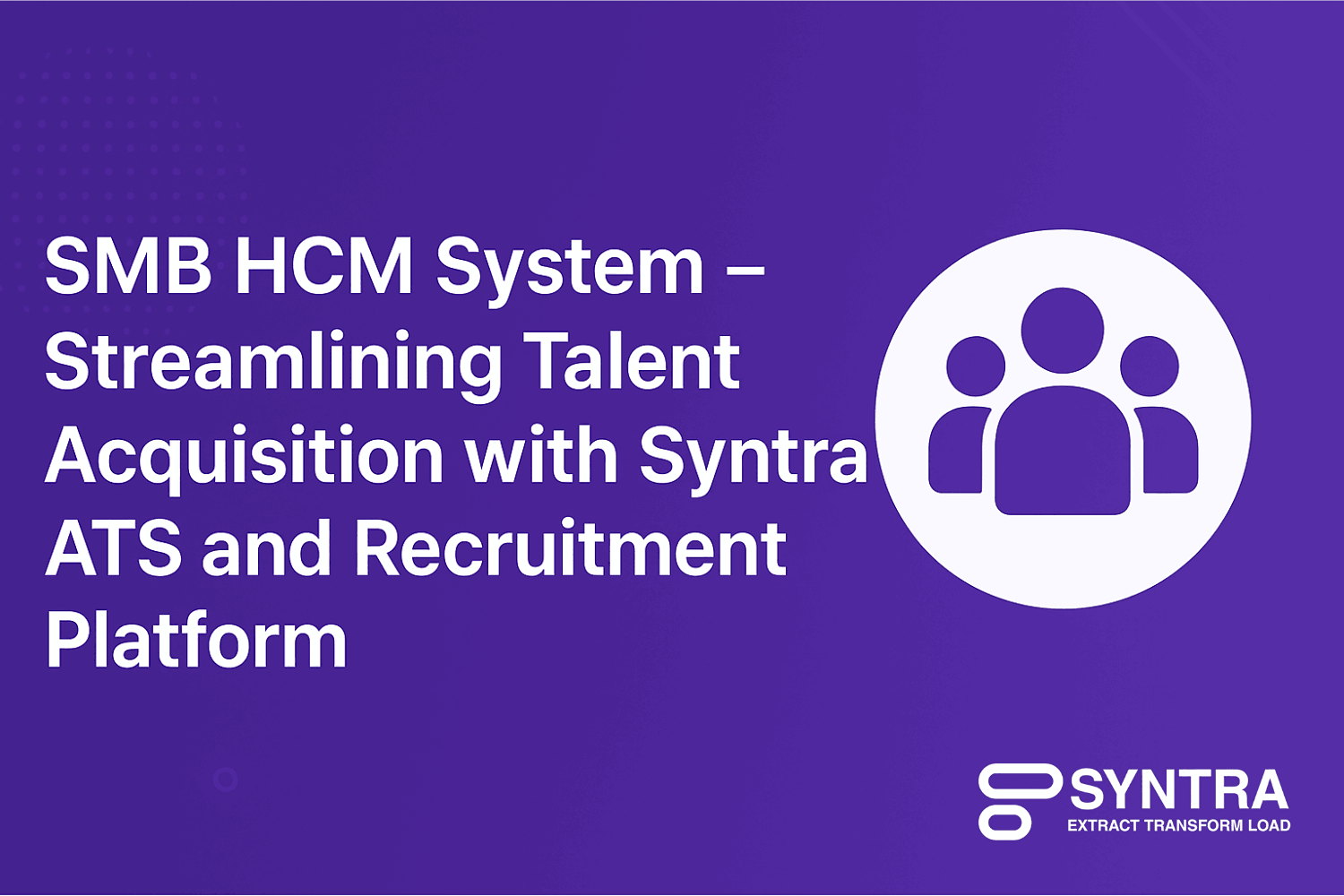
In today’s competitive job market, small and midsize businesses (SMBs) face increasing pressure to attract, evaluate, and hire the right talent efficiently. Managing recruitment manually or across disjointed systems can lead to delays, inconsistent candidate experiences, and missed opportunities. To address these challenges, the Syntra ATS and Recruitment Platform offers a unified, automated approach to talent acquisition—empowering SMBs to handle the end-to-end hiring process within a modern, data-driven framework.This blog explores how Syntra’s recruitment technology enhances SMB HCM systems by integrating applicant tracking, data transformation, and workflow automation—saving time, improving visibility, and ensuring seamless collaboration between HR, hiring managers, and payroll systems like Oracle Fusion.
In this blog we’ll cover
The Importance Of An ATS In SMB HCM Systems
An Applicant Tracking System (ATS) is more than just a database of job applications—it’s the backbone of modern recruitment. For SMBs that often operate with lean HR teams, an ATS eliminates manual coordination across emails, spreadsheets, and paper resumes. Instead, it centralizes candidate data, automates repetitive tasks, and provides analytics for better decision-making.
Syntra’s ATS takes this further by offering integrated extract, transform, and load (ETL) capabilities—ensuring that recruitment data collected during the hiring process is seamlessly transferred into core HR and payroll systems like Oracle Fusion. This alignment creates a continuous data flow from recruitment to onboarding and payroll setup.nnKey reasons SMBs benefit from Syntra ATS include:
- Consistent candidate experience across multiple job boards and channels
- Faster screening and interview scheduling through automation
- Reduced administrative workload for recruiters and managers
- Accurate and real-time data integration into downstream HR systems
How Syntra ATS Simplifies The Recruitment Lifecycle
The recruitment process typically involves multiple stages: job creation, posting, application collection, screening, interviewing, selection, offer management, and onboarding. For SMBs, managing all these steps manually often leads to inefficiency and poor communication.
Syntra ATS and Recruitment Platform simplifies each stage through configurable workflows, data automation, and smart integrations. Its design focuses on ease of use, minimizing the learning curve for smaller HR teams while delivering enterprise-level capability.
Some of the standout features include:
- Automated job requisition and posting – Create a job once and publish it across multiple channels with consistent formatting and branding.
- Candidate parsing and profile enrichment – Extract data automatically from resumes to build complete candidate profiles without manual entry.
- Collaboration and feedback tracking – Enable recruiters and hiring managers to comment, rate, and share feedback directly within the platform.
- Offer and onboarding integration – Once a candidate is hired, their data flows directly into the HR and payroll system through Syntra’s ETL layer, eliminating duplicate data entry.
High-Value Recruitment Data Objects Requiring Transformation
Just like HR and payroll data, recruitment data must be properly structured before being loaded into a core system such as Oracle Fusion. Syntra automates this by applying transformation logic to key data objects that often differ between recruitment tools and enterprise HR systems.
Key objects that benefit from automated transformation include:
- Offer details and employment start data (compensation, joining date, position code)
- Interview feedback and scoring data (ratings, comments, interview dates)
- Job requisitions and positions (titles, grades, departments, and business units)
- Candidate and applicant information (personal details, skills, experience, and qualifications)
By standardizing and transforming these objects, Syntra ensures that recruitment data flows accurately into HR master data tables. This removes the need for manual uploads or reconciliations and reduces onboarding time for new hires.
Benefits Of Syntra ATS For SMB Recruitment
- Accelerates hiring through automation and workflow efficiency
- Improves candidate data accuracy and reporting consistency
- Reduces manual data entry between recruitment and HR systems
- Enhances collaboration between recruiters and hiring managers
How Syntra Integrates ATS And Core HR Systems
Integration is the critical bridge between recruitment and HR management. Without it, HR teams must repeatedly re-enter information, leading to data inconsistencies and errors. Syntra’s architecture is designed around seamless data flow through its ETL framework.
The process follows three key steps:
- Extract – Candidate and recruitment data is collected from the Syntra ATS or other connected sources.
- Transform – Data fields are cleaned, formatted, and mapped to match Oracle Fusion’s HR object structure.
- Load – Clean, validated data is loaded into Oracle Fusion via its approved interfaces or APIs.
This approach allows SMBs to maintain a single source of truth for all employee data, from initial application through payroll activation. It also enables unified analytics and reporting—combining hiring, performance, and compensation metrics into one HCM dashboard.
Implementation Strategy For SMBs
For an SMB adopting Syntra ATS, implementation should follow a clear roadmap to maximize return on investment and minimize disruption.
- Assessment and planning – Identify recruitment pain points and define integration requirements.
- Configuration and mapping – Align Syntra fields with existing HR or payroll data structures.
- Automation setup – Create rules for notifications, approvals, and onboarding triggers.
- Testing and validation – Run pilot cycles to verify accuracy of data transfer and recruitment workflow.
- Training and rollout – Train HR and hiring managers for seamless daily usage.
Once implemented, SMBs can expect shorter hiring cycles, better candidate tracking, and cleaner HR data. The platform’s reusable mapping logic also makes it easy to adapt as the organization grows or adds new systems.
Conclusion
For small and midsize businesses seeking to modernize their talent acquisition, the Syntra ATS and Recruitment Platform offers a comprehensive, integrated solution. It not only manages the end-to-end recruitment process but also ensures smooth data migration into Oracle Fusion and other HR systems through its built-in ETL capability.
By focusing on automation, data transformation, and integration, Syntra helps SMBs overcome common recruitment challenges—reducing administrative work, improving collaboration, and maintaining data accuracy across the employee lifecycle.
With Syntra, SMBs gain more than an ATS—they gain a unified recruitment and HR data ecosystem that supports efficient hiring and long-term workforce growth.
Tags
Related Post
Navigating Oracle Fusion HCM & Payroll Patch 25C: Key Issues And Solutions For UK Local Councils
July 26th, 2025 10 min read
7 Reasons Why Companies Are Moving From Taleo To Oracle Recruiting Cloud
June 2nd, 2025 14 min read
7 Proven Oracle Fusion Testing Principles To Guarantee Defect-Free Cloud Deployments
May 16th, 2025 15 min read
Navigating Oracle Fusion HCM & Payroll Patch 25A: Key Considerations For UK Local Councils
July 27th, 2025 10 min read
Driving Compliance And Security With Smart Testing In Oracle Fusion
June 5th, 2025 9 min read
WEEKEND READS
Navigating Oracle Fusion HCM & Payroll Patch 25C: Key Issues And Solutions For UK Local Councils
July 26th, 2025 10 min read
7 Reasons Why Companies Are Moving From Taleo To Oracle Recruiting Cloud
June 2nd, 2025 14 min read
Navigating Oracle Fusion HCM & Payroll Patch 25A: Key Considerations For UK Local Councils
July 27th, 2025 10 min read
How End-to-End Testing Of Oracle Fusion Enhances Operational Efficiency In Banking
May 23rd, 2025 11 min read
Learning And Talent Management With Cornerstone OnDemand
October 10th, 2025 17 min read
Smart Onboarding Journeys With AI: Personalized Employee Integration Through Oracle HCM Core And Learning
September 13th, 2025 21 min read
UKG (Ultimate/Kronos) — USA And Global, Legacy-to-Modern Workforce Management
October 5th, 2025 23 min read
Data Migration Best Practices: From Taleo To Oracle Recruiting Cloud
May 28th, 2025 13 min read
Smart Reporting In Oracle HCM: Use Natural Language To Build OTBI Queries
August 17th, 2025 20 min read






